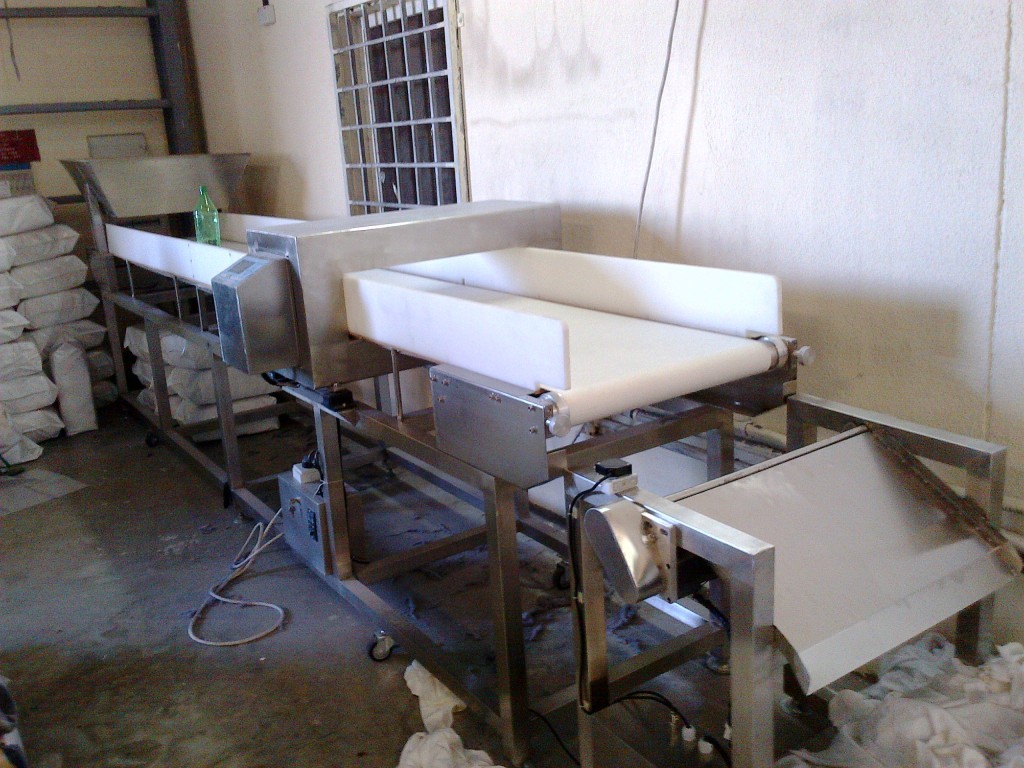Maintenance Tips for Needle Detectors
### Primary Keywords:
- Garment needle metal detector
- Needle detector for garments
- Textile needle metal detector
- Clothing metal detection machine
- Apparel metal detector
### Secondary Keywords:
- Industrial needle metal detector
- Needle detection machine for clothing
- Garment quality control detector
- Metal detecting machine for garments
- Needle detecting machine for textile industry
### Tertiary Keywords:
- Metal detector for apparel industry
- Clothing quality inspection machine
- Garment safety needle detector
- Textile manufacturing metal detector
- Needle and metal detection system
### Long-tail Keywords:
- High-sensitivity needle metal detector for garments
- Industrial needle detector machine for textile factories
- Needle detection in apparel manufacturing process
- Garment metal detector with alarm system
- Metal detection solutions for clothing production
### Maintenance Tips for Needle Detectors
Proper maintenance of needle detectors (also known as metal detectors) is crucial to ensure their performance and detection accuracy. Here are some important aspects to consider during maintenance:
### 1. **Regular Cleaning**
- Clean the conveyor belt and detection area regularly to prevent dust and debris from accumulating, which can affect detection sensitivity.
- Use a soft cloth for cleaning and avoid using strong corrosive cleaners that may damage the machine's surface.
### 2. **Check Detection Sensitivity**
- Regularly test the sensitivity of the needle detector to ensure it can detect all potential metal foreign objects in the production process.
- Use standard test pieces (such as iron, copper, or stainless steel) for testing, record the results, and adjust the machine settings as needed.
### 3. **Conveyor Belt Inspection**
- Check the conveyor belt regularly for wear and tear, ensuring it remains flat and free from cracks or damage to avoid false alarms during detection.
- If the belt is severely worn, it should be replaced promptly.
### 4. **Avoid Strong Magnetic Fields and Electromagnetic Interference**
- Keep the needle detector away from strong magnetic fields, sources of electromagnetic interference, and vibrating equipment, as these may cause false alarms or reduce sensitivity.
- Adjust the placement of equipment if there are interference sources nearby.
### 5. **Regular Calibration**
- The machine should be calibrated regularly, especially after long periods of inactivity or after being moved. Calibration ensures the device remains in optimal working condition.
- Follow the manufacturer’s recommendations for daily, weekly, or monthly calibration schedules.
### 6. **Power Supply and Grounding**
- Ensure the power supply to the needle detector is stable, and avoid frequent power cuts or sudden restarts, which may damage internal components.
- Proper grounding of the machine is essential to prevent static or leakage issues, ensuring stable operation.
### 7. **Maintain a Stable Working Environment**
- Temperature, humidity, and dust can affect the performance of the needle detector. The equipment should be used in suitable environmental conditions, avoiding extreme temperature or humidity levels.
### 8. **Train Operators**
- Ensure that operators are well-trained in the correct use and maintenance of the needle detector, including how to perform daily inspections and operate the machine.
- Operators should know basic troubleshooting and adjustment techniques to quickly restore the machine to working condition in case of minor faults.
### 9. **Maintain a Maintenance Log**
- Record all maintenance, testing, and calibration activities in a logbook. This helps track the machine’s performance and identify potential issues early on.
Regular maintenance and management can extend the lifespan of a needle detector and ensure it consistently operates with high efficiency and precise detection during production.




